BLOGS
Exquisite Craftsmanship of Spanish Architecture
Looking for a unique design for your next luxury home?
There are plenty of architectural designs available out there and it’s undeniably hard to pick the best one. If you’re planning to get a new luxury house and lot, you might want to check out the captivating and cozy vibe of Spanish colonial architecture.
Before the house elements, it helps to know just how these Spanish-style homes have spread across the globe, present in the many different nations that Spain has visited in colonial times.
What is the History of Spanish Colonial Tradition?
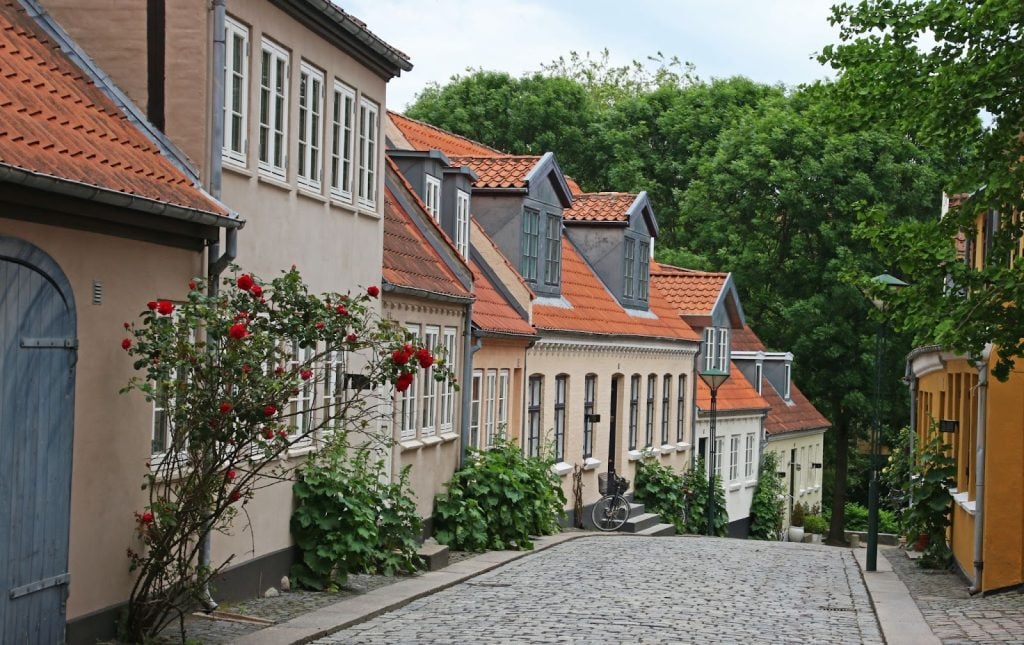
In the Philippines, the Spanish colonial era began in 1521 when Ferdinand Magellan, an explorer, stumbled upon the islands and colonized them for the Spanish Empire. This colonization went on for a long time until 1898 came with the Philippine Revolution.
The many years of colonization were the transformation of Filipino culture. The Spaniards introduced a new culture that drastically changed a lot of the areas of the Filipino lifestyle. It was the Spanish colonial period that had the biggest and longest-running impact on the country compared to the other nations that colonized it.
Even if that’s already a thing of the past, the Spanish colonial traditions that the Filipinos have adapted over three centuries of Spanish reign are still very evident today. It can be seen in the religion, the language, the food, and even in the architectural aspect of Filipino homes.
What are the characteristics of Spanish Architecture?
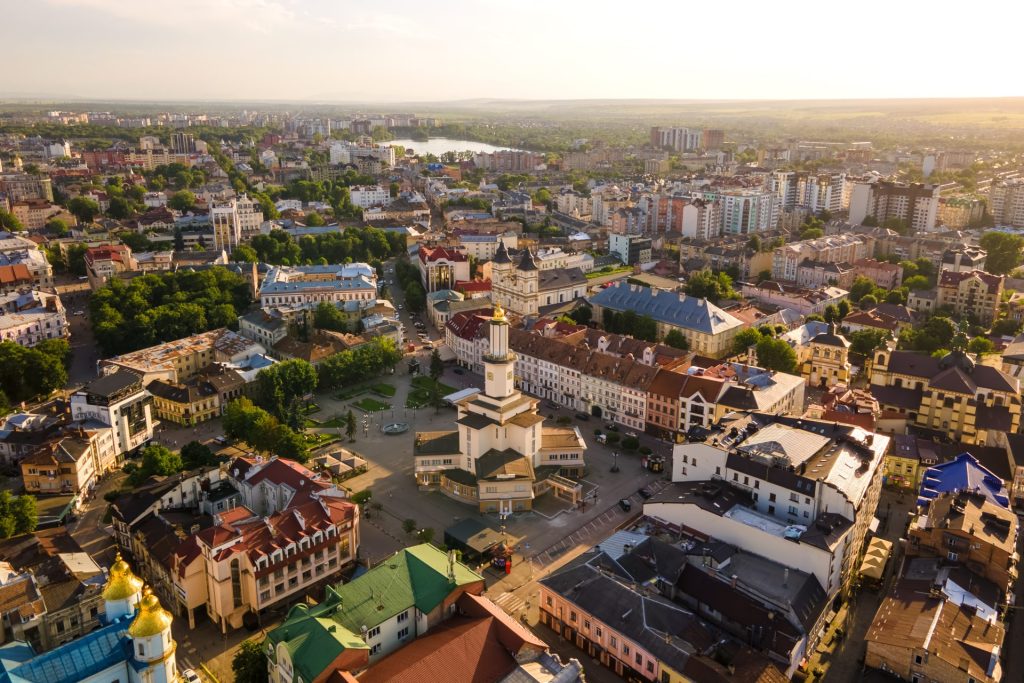
Spanish colonial houses are often described to be part of their surroundings. Meaning, the materials that go into its construction are found within its environment. The easiest way to determine if a house is inspired by Spanish architecture is to look for stuccoed walls, red tile roofing, and plants and vines decorating its outdoors.
Spanish architecture’s most significant distinction from other homes is found in its materials. The use of local and natural building materials such as terracotta clay and wood supports add up to the overall appeal of this style. Moreover, Spanish-style houses are intended to feel warm and cozy for their residents.
Here are the characteristics to look out for if you’re looking for a Spanish-style luxury house and lot.
One Level Floor Plan in the Spanish Architecture
Ranch-style homes came from Spanish architecture. With often having only one storey, Spanish home floor plans are easy to navigate especially with house chores. You don’t have to climb flights of stairs to get from one room to another.
Barrel Roof Tiles is the Standard
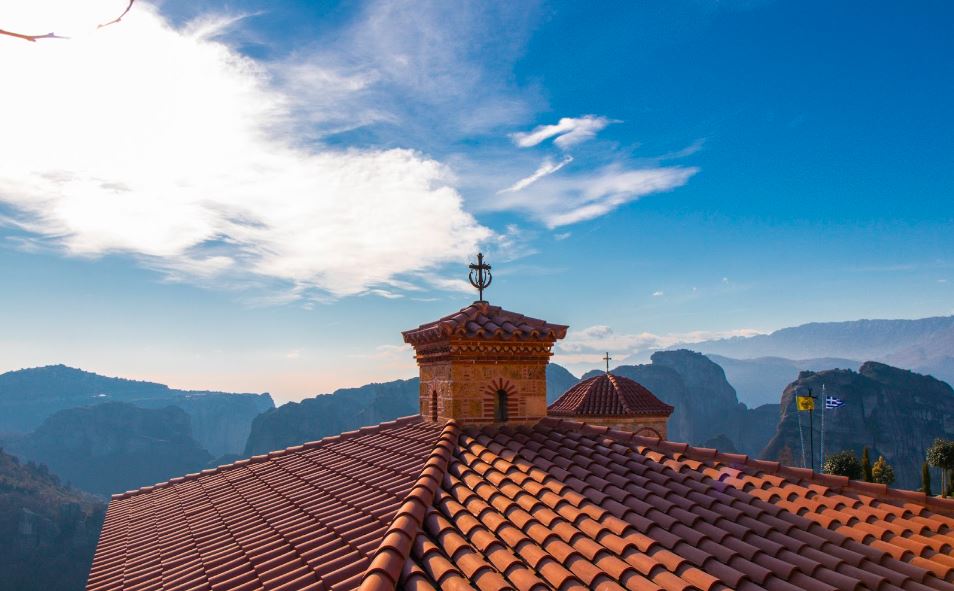
One giveaway with Spanish architecture is the iconic red barrel roof tiles. These often come in earthy and warm vibrant colors. Terracotta clay has the ability to withstand intense heat which makes it a standard roofing material for Spanish homes in a hot country. Additionally, terracotta and slate roofs are known to be very durable and are friendly to the environment compared to their concrete counterparts.
Wooden Support Beams in the Walls
Wooden beams are a key feature when it comes to Spanish architecture. Spanish houses were made of mudbrick, a durable yet heavy material. Because of this, wooden beams are needed to support the structure of the house. In traditional Spanish architecture, these supports protrude out of the walls. Vigas or beams in Spanish, are the exposed parts of the wooden beams which have been considered decor in a Spanish-style house.
Minimal Embellishments of the Exterior
The Spanish house design may look plain to others but it’s the minimalist embellishments that give it that unique look. They still use ornamentation and decorative elements around their arches and windows. But the majority of Spanish-style house remains clean from decorations.
What truly brings out the beauty in Spanish architecture like those Sta. Rosa Laguna house and lot for sale, are the intricate arches and railings in entryways and windows. Instead of glass, its windows are sealed by iron bars that allow the breeze to enter the house while still securing the home.
Stucco Walls
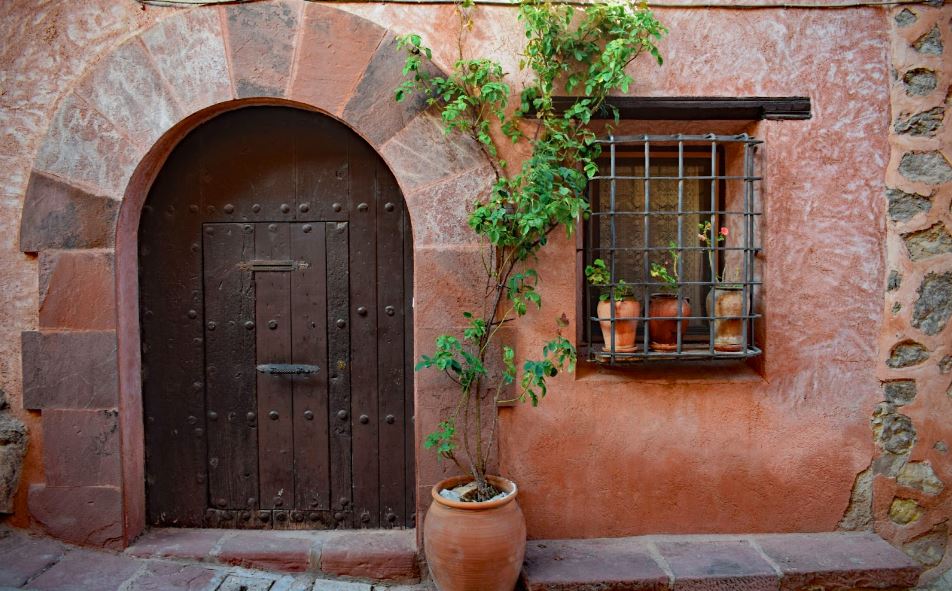
Perhaps the most easily noticeable part of Spanish architecture is the clean stucco walls used in these types of houses. The stucco finish is white at first but these can be painted based on your preference. Aside from supporting the roofing, stucco protects the house from the elements. During the day, these thick walls absorb the heat and release them at night to keep the people inside warm.
Arches and the Curved Linings
Spanish architecture is affected by the family culture of Spaniards. These houses are built to be able to extend when family members expand. Its rectilinear design goes along with its arched entrances and curved lining in its passageways, and on certain mansions, turrets also become part of the overall design.
What are the different styles of Spanish architecture?
Spanish architecture has existed and remained relevant for years. It can be seen from traditional Spanish colonial houses to modern Spanish-style mansions. It seems that its tradition and practicality helped it stay a popular choice in architecture.
As mentioned above, Spanish house design is influenced by the environment. It blends with nature. Some of the most common styles in this type of architecture are called Spanish Eclectic, Mission Revival, and Pueblo Revival.
Spanish Eclectic Homes
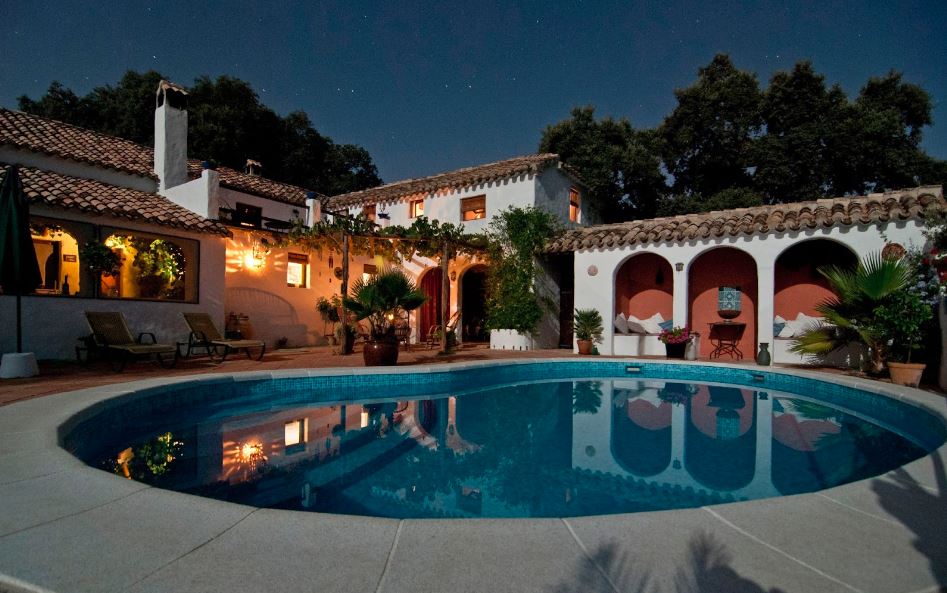
The most common type of Spanish architecture is the Spanish Eclectic style. Its diverse and colorful palette is sometimes compared to the Mediterranean design. But this is only because of the diverse influence of Spain, Africa, and southern America.
Mission Revival Style
Spanish Mission Style is known for its gable walls and low parapets. Its walls have that smooth stucco finish, void of decorations. Despite the simplicity of this style, it was actually very popular in California that most infrastructures from that era had the Mission Revival design.
Pueblo Revival Design
Finally, Pueblo Revival design is a combination of Eclectic, Mission, and Indian Pueblo architecture. This had flat roofs with round beams and thick and stuccoed walls that are parapeted. This style was extremely popular in New Mexico back in the 1920s to 1930s.
What to consider in getting a Spanish-style luxury home?
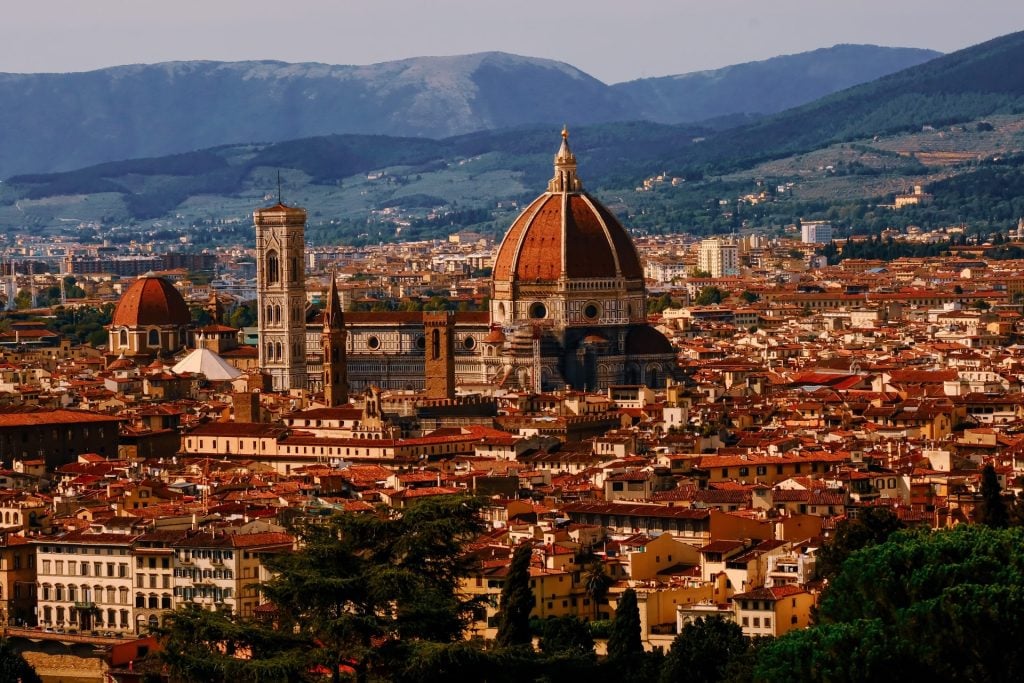
A good amount of people are into Spanish architecture and they actively look for Spanish-style houses. They consider the practicality of the design. Just like the luxury lot in Sta. Rosa for sale, Spanish home design is suitable for tropical countries like the Philippines.
If you’re planning to use Spanish architecture in your dream luxury home, better consider the landscaping because these homes work well in dry areas. You can also invest in a sun-resistant exterior to better protect your home from the effects of external elements. Spanish-style houses are perfect for those who want to beat the heat with thick walls and unwind with the cooling effect of easy-to-clean tiled floors.
Finding the ideal Spain-inspired modern luxury home might take some effort but fear not.
Good thing that Brittany Corporation has something in store for you. If you’ve made up your mind to buy a Spanish-style house, then check out Brittany Sta Rosa. They have luxury house and lot properties in Laguna, such as their Belle Reve mansion, which really embodies Spanish architecture. Brittany has many options to choose from, especially in Santa Rosa Laguna. And they certainly have more for you so keep checking out their offers.
Visit their website to check out the available house and lot properties for sale from the most beautiful houses in the Philippines. This is going to be your best investment. Check now!


















